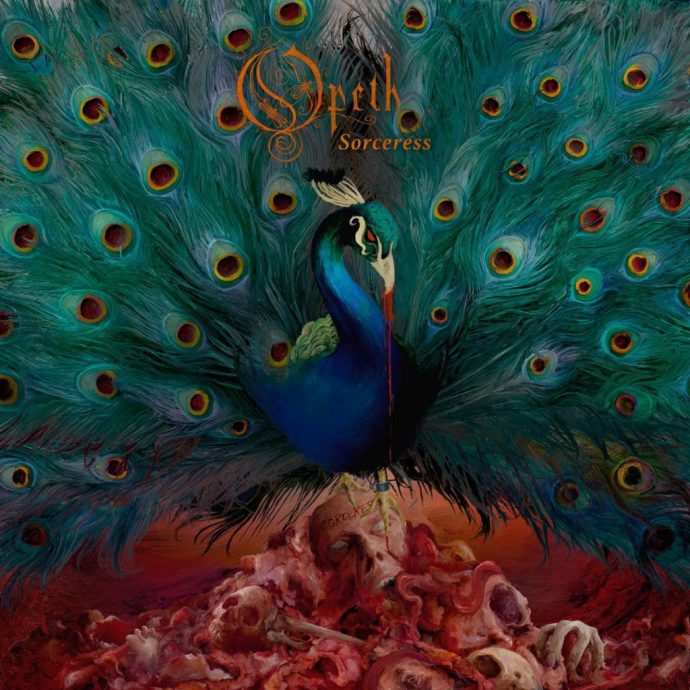26 years and twelve studio albums deep, Opeth’s new release, Sorceress, is diverse, complex, and yet another expansion on the band’s repertoire. The Swedish outfit’s roots are in the early 1990’s death/black metal scene, and since their 1995 release Orchid they have gone through many members, style transformations, and gained a vast following. Mixing elements from death metal and the many elements from progressive rock, Opeth does a decent job with creating an enjoyable progressive metal experience.
In Sorceress, bandleader Mikael Åkerfeldt continues to show his influences from the prog rock/metal scene of the early 1970’s. The album is an amalgamation of jazz fusion, folk, some slight blues, touches of musical styles from across the world, and so on; and it is all wrapped up in a melodic metal sheaf. The intro is titled “Persephone,” the name of the Greek goddess of the Underworld, which would allude to a metal undertone, but is a soft track to start the album. Then “Sorceress” breaks in with a fuzzy jam, shoots the listener with some metal, and finishes with a combination of the two sections. “Will O The Wisp” is tantamount to the folk intermissions within classic prog rock albums, with its acoustic guitars, flutes, accentuating vocals, all around a nice mellow mood.
Åkerfeldt seems to enjoy citing his influences, and does so in this album with one very interesting track, “The Seventh Sojourn,” an obvious reference to The Moody Blues. The track captures the feeling of traversing a sea of desert with its hand drums, pacing tambourine, symphonic style, and raga-like feel. The first portion, the majority of the song, sticks with the sun beating down with the higher notes and stimulating flow of melodies and instruments. The second half, the sun sets and descending keys come in and the vocals sound as if their being carried in the winds, very calming end to a sun drenched desert trek.
The album doesn’t seem to have any particular theme, flow, or method, which is great for a progressive experience, the elements tossed all over the place and somehow landing where they need to be. Those who have stuck with Opeth and those who have hopped on board during the release of Heritage (2011) are sure to enjoy this album. They have progressed their prog abilities since then, and Sorceress is proof. Heritage is the canvas, Pale Communion (2014) is the color palette, and Sorceress is the painting.
Rating: 6.7

